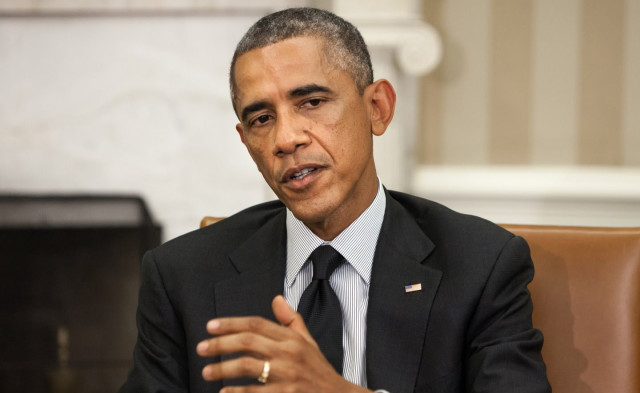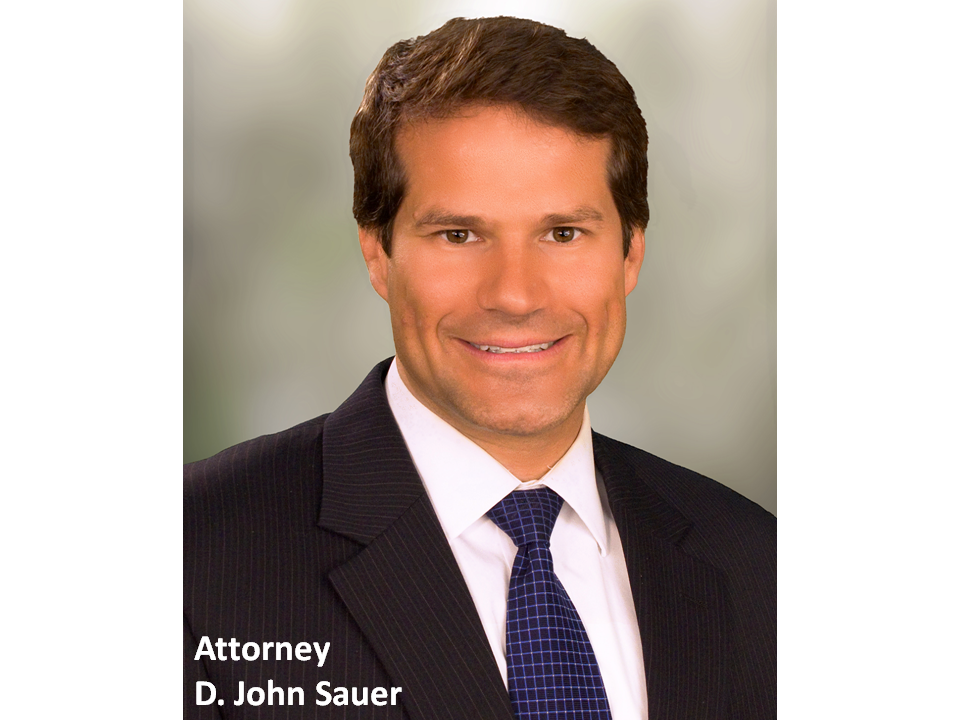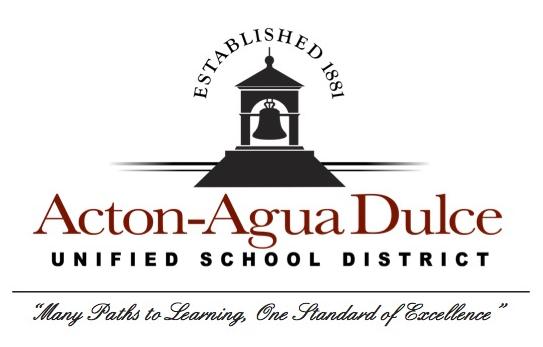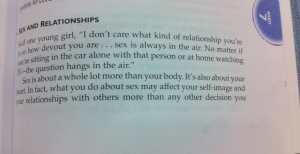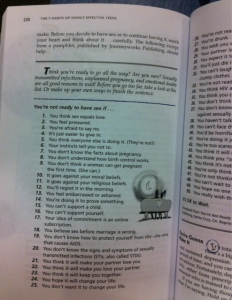Feminist Teacher’s Lesson Plan: Discriminate against Boys
War is peace, freedom is slavery, ignorance is strength. And inequality is equality — at least in the mind of Karen Keller, the Bainbridge Island Review and their enablers.
Reported recently was that Keller, a kindergarten “teacher” at Captain Johnston Blakely Elementary in Bainbridge Island, WA, was refusing to let the boys in her class play with Legos during free play time. As the Bainbridge Island Review (BIR) wrote:
In Karen Keller’s kindergarten classroom, boys can’t play with Legos.
They can have their pick of Tinkertoys and marble tracks, but the colorful bricks are “girls only.”
“I always tell the boys, ‘You’re going to have a turn’ — and I’m like, ‘Yeah, when hell freezes over’ in my head,” she said. “I tell them, ‘You’ll have a turn’ because I don’t want them to feel bad.”
If you’re acquainted with the mental illness masquerading as teaching philosophy today, you can imagine this woman’s problem. As the BIR explained, “Keller…watched with discouragement as self-segregation defined her classroom — her boy students flocked to the building blocks while her girl students played with dolls and crayons and staples, toys that offered them little challenge or opportunity to fail and develop perseverance.” And, of course, innate sex differences evident since time immemorial cannot be allowed, so Keller’s leftist sense of equality compelled her to action. She discriminated so the girls could use the blocks “unencumbered.”
Now, this story quickly went viral, and Keller and the school have since backtracked. It was all a misunderstanding, you see. As the Center for Digital Education reports, “Keller said she instituted a girls-only Lego time during the first month of the 2015-16 school year during free play ‘to get them interested’ in trial-and-error building and math. …Keller said her ‘casual, off-record aside’ [Hell comment] was meant to convey her frustration with marketing to girls in society. She apologized for any problems stemming from the [BIR] article.”
Translation: She’s upset the article caused her problems and frustrated that the “casual, off-record aside” conveyed her true feelings.
This is a reasonable assumption. The BIR piece, written by one Jessica Shelton, is completely sympathetic to Keller’s policy. Among other things, Shelton has a subheading stating “It’s a fair practice” and closes with “While Keller sees more girls in the building area than before, it’s still not the norm, she said. So the boys will just have to wait their turn” (I guess until Hell freezes over). Yet while the BIR wrote a follow-up article last Thursday stating “[W]e have been discouraged by the number of unfair personal attacks made against [Keller]” — including “hate phone calls at her classroom and vicious messages on Facebook” — the editors also wrote, “we stand by what we reported.” Hmm, I wonder if the BIR was discouraged by the hatred directed at Christian businessmen persecuted for not wanting to cater faux weddings or the Christian pizza-shop owner forced into hiding by death threats. Or were those just the broken eggs needed for the omelet?
But perhaps we should believe Keller now. I mean, I’m sure she only lies to people under seven. It’s also interesting that Hell froze over in Keller’s class right about the time her story went viral. Coincidences never end.
There’s another matter. If Keller is really so concerned about girls being discouraged by the boys’ presence (a pity science hasn’t yet weeded those creatures out of the species), there’s a simple solution: create separate boys’ and girls’ Lego areas. But this wasn’t good enough for her; she had to stick it to the boys for being boys.
Moreover, thinking “Yeah, when Hell freezes over” while lying to children to obscure your agenda indicates hostility. Let’s say, for instance, a man teacher was concerned about boys’ lagging reading skills and made reading time “boys only.” What would happen if he admitted he tells the girls they’ll have a turn but thinks to himself, “Yeah, when hell freezes over”? Would he still be employed?
In fairness, some comments pass our lips not as we mean them. On the other hand, philosopher C.S. Lewis once correctly pointed out that it’s when we speak and act spontaneously, without thinking, that our hearts are revealed. And how often do conservatives get a pass on an impolitic, “casual, off-record aside”? They get a career change.
The BIR also wrote that Keller considered her policy “a fair practice ‘because fair is getting what you need to succeed or to get better.’” C’mon, Keller, quote it correctly: “From each according to his abilities, to each according to his needs.”
The BIR continued, “Fair doesn’t have to be the same, and she [Keller] says her kindergarteners get that.” Obviously they don’t, because she felt compelled to lie to them about her discrimination. Also, we didn’t hear how “fair doesn’t have to be the same” when the agenda involved opening the Virginia Military Institute and police and fire departments to women. And if it is true, why trouble over, as Keller does, females being less prevalent in STEM fields and Lego areas and having poorer spatial skills?
Reality: hardly anyone, if anyone at all, really believes in equality. Equality is simply a ruse used when convenient to advance leftism and only remains operative until inequality better serves that end. Just witness the college “anti-racism” protesters who recently ejected whites from their “safe areas.”
Keller is a true product of modern miseducation. BIR says she “faults toymakers for reinforcing” sex roles and is frustrated “with marketing to girls in society,” proving she knows as much about economics as she does about sex differences and teaching. Businesses do market masculine toys to boys just as they charge men more for car insurance, may admit women to nightclubs without a cover charge and create women-only health clubs. Is their goal “discrimination” or social engineering? No, they’re responding to the market. Girls and boys aren’t different because manufacturers market to them differently; manufacturers market to them differently because they’re different.
This is illustrated well in the fine Norwegian documentary The Gender Equality Paradox. Among other things, it points out that women are more likely to enter traditionally feminine fields in an uber-feminist, “egalitarian” nation such as Norway than in more patriarchal India. Why? In poorer lands women have no choice but to pursue lucrative professions, such as computer science; in wealthy countries such as Norway, they have the luxury of following their hearts. And their hearts lead to things girly.
As for Keller, she outed herself. It’s logical to assume her abusive, anti-male mentality will manifest itself in other destructive ways in the classroom. She shouldn’t be allowed within a mile of another child — not until Hell freezes over, anyway.
RELATED ARTICLES:
FordhamUniversity Changes Restroom Signs as Part of ‘Gender Inclusive’ Campaign
Notre Dame Professor Forced to Leave Project Aimed at Faithful Catholic Education
EDITORS NOTE: Please contact Selwyn Duke, follow him on Twitter or log on to SelwynDuke.com



